Beginner’s Guide to White Water Rafting
The Status & Safety Levels of Outdoor Activities Right Now With lockdown restrictions easing up, ..
Read more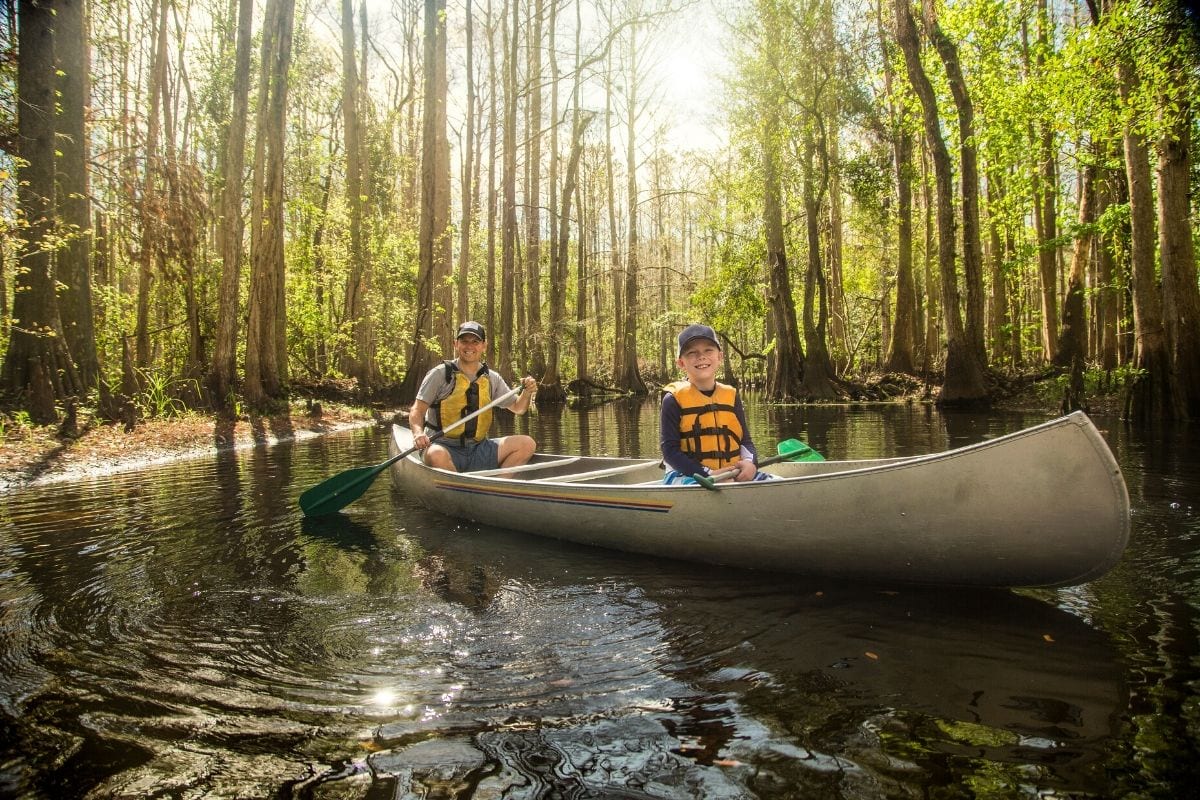
With lockdown restrictions easing up, more and more people are looking to head outdoors. Parks and trails are starting to open up, and heading to the nearest outdoor adventure destination is very tempting. But there’s a pressing question in the minds of many – how safe are outdoor trips at this moment?
At TripOutside, we believe that you can enjoy post-lockdown adventures without compromising safety. Experts say that outdoor activities are the safer than indoor activities right now. However, rules vary depending on the activity and destination. Here’s our comprehensive guide on safety levels of outdoor adventures post-pandemic.
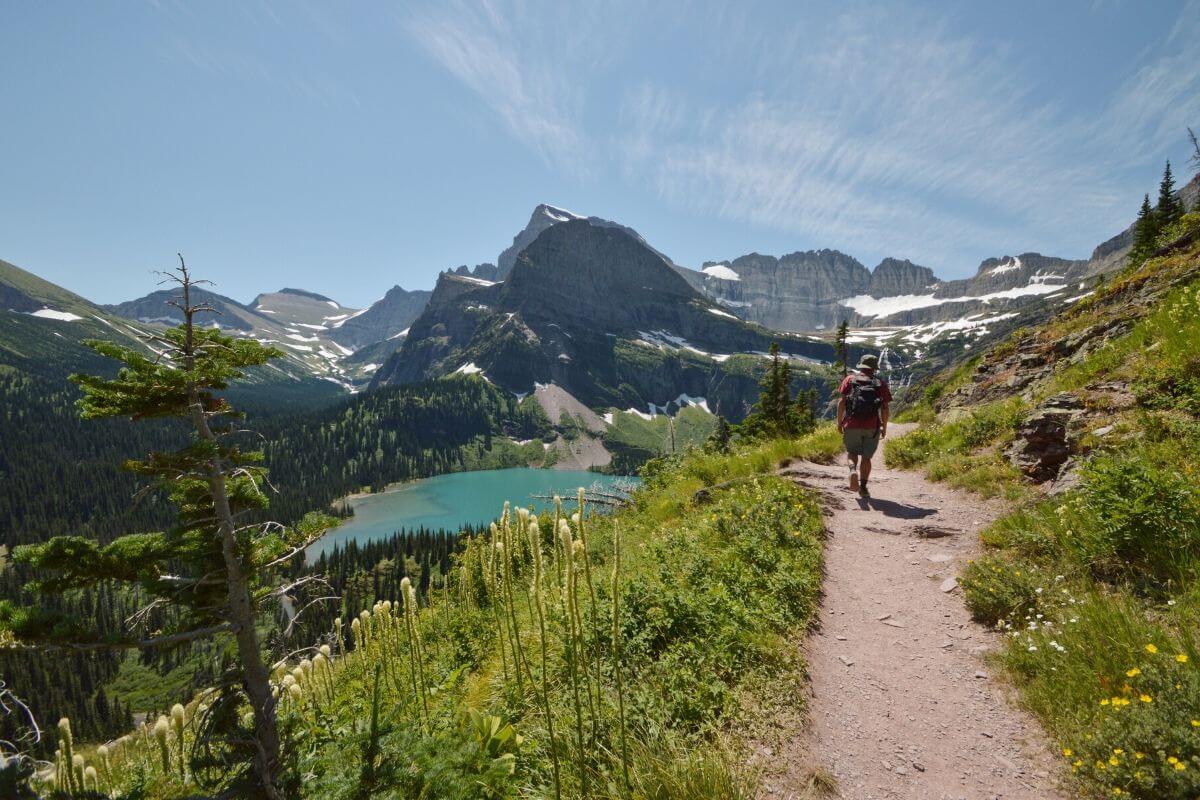
Looking forward to seeing the scenery on your favorite hiking trails once again? Here are some important details to remember before venturing out on a hike.
Hiking trails in the US are starting to cautiously accept visitors who would like to explore the trails. Big parks like Yosemite and Yellowstone are open for hiking once again. Utah and Colorado are seeing a surge in post-lockdown hiking trips. Exploring the outdoors again through hiking is one of our recommended post-quarantine activities, with some tips for exercising caution as follows.
Unlike other high contact sports, hiking outdoors poses a medium risk from a COVID contraction perspective. If you follow all of the precautions to keep your hiking adventure safe, like wearing a face mask around others and keeping at least 6 feet of social distance, hiking can be a low risk activity. Avoiding overly-packed trails right now is also critical. If you pull up to a trailhead and see it overflowing with cars, it is wise to head to a different trail.
Start any outdoor adventure by checking out RecreateResponsibly.org, a national coalition of outdoor businesses and organizations (including TripOutside!) that have created guidelines for keeping the wilderness and people safe, and help everyone experience the benefits of nature safely during this public health crisis.
The CDC advises adventurers to still be cautious when visiting parks, trails and leisure spots. Here are some of the basics:
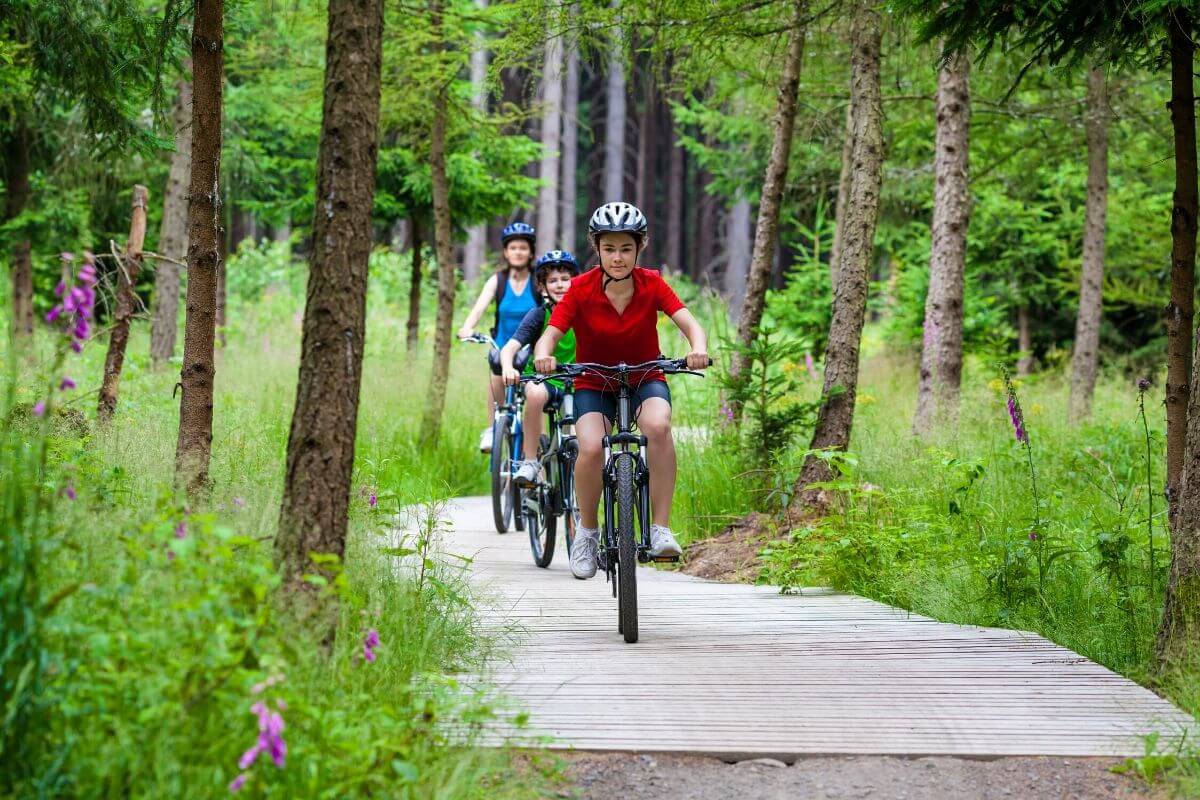
After being stuck indoors for more than 2 months, it’s hard to resist the urge to get out on a bike. Since the pandemic has forced many forms of public transportation to a halt, many people have rediscovered the joys of biking. Not only is it a good mode of transportation, it’s a fun way to release pent-up stress, breathe in fresh air, and get moving!
Biking trails and paths are reopening and even expanding in many places in the face of increased demand. Cities like New York and London are closing streets to traffic and adding bike lanes, and bike trails are reopening across the country.
Bike sales across the globe are at all time highs, and manufacturers are struggling to keep up with demand. Luckily, you can still rent a bike in many outdoor destinations, and demo a few models to see which one works best for you.
Is biking safe? Quick answer – yes, as long as you’re alone. Groups increase the risk of transmission, so heading out solo to wide open, uncrowded areas is your best strategy. Although maintaining social distancing is a key factor in keeping biking adventures safe, making handwashing a priority – especially when you’re renting bikes – can also contribute to your safety.
Biking is generally safer than making a stop on a crowded beach, but that doesn’t mean you can skimp on precautions. Some ways to keep safe while biking includes:

There’s something about gliding along quietly on a placid lake, watching the shoreline face and water lap the sides of your kayak or SUP. Not only does kayaking and SUP help you cool off from the summer heat, strengthen your upper body, and destress from the pandemic chaos, but it is also a naturally socially distant activity.
Some beaches – like the ones in Florida – began to reopen to the public in June. However, beaches in Los Angeles and South Florida are now closing again because of COVID-19 resurgence.
Luckily, you don’t need the ocean to paddle, in fact many beginner kayakers and paddle boarders are better off starting in a calm lake or mellow river. Your local lake or river is also a safer bet to avoid the crowds at beaches.
Thanks to its socially-distanced nature, the risk of acquiring the virus while kayaking or stand up paddle boarding is low. The biggest precaution paddlers should take is to not share a kayak or SUP with those they don’t live with. The risk of contracting the virus is increased when boats are shared with strangers. Many TripOutside kayak tour and rental providers are requiring tandem kayaks to only be shared with members of the same household.
Taking precautions while kayaking or paddle boarding is important, since contact with an infected person or surface can still transmit the virus. As with other outdoor activities, there are still risks involved while you’re hanging out on the shore, lining up for rentals, or waiting for your turn on boat ramps.

Just in time for summer, whitewater rafting outfitters are starting to reopen for trips. Grand Canyon National Park has reopened and approved river trips as of mid-June, and many commercial rafting outfitters across the country are beginning to welcome visitors again.
Although many rafting companies are back in business, they have had to rethink how they do business. New guidelines must be observed, like rafts being restricted to occupants from the same household, reduced capacity in shuttle buses, mask requirements in shops, and stringent sanitization processes.
Since whitewater rafting trips are typically often done in groups, joining rafting trips with strangers can pose a risk. Exposure to fellow rafters means chances of transmission are higher. Whitewater rafting is also typically guided, with the guide sharing the raft and guiding potentially hundreds of people over the course of a summer.
You can lower the risk of transmission significantly by taking a private rafting trip, with just members of your household. Depending on the destination, many rafting outfitters are following a strict set of guidelines to ensure customer safety including daily health checks for guides and rigorous sanitization of gear.
Some reminders for rafters include:
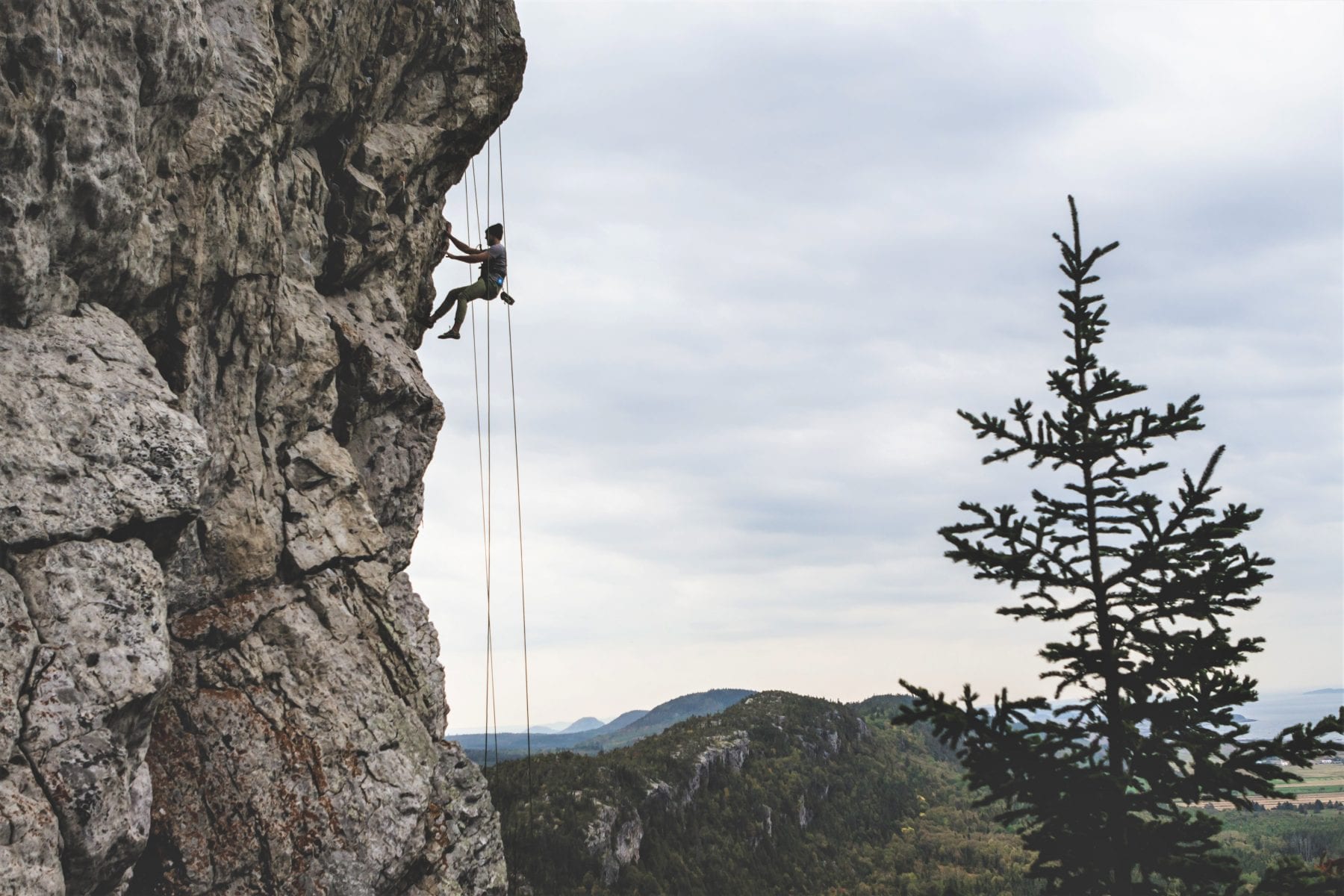
Miss scaling cliffs and boulders? Like many outdoor adventures, rock climbing is a good post-lockdown activity that you can enjoy outdoors without worrying too much about social distancing. Climbing is an adrenaline pumping adventure that can help release endorphins – much needed happy hormones after the lockdowns.
Most experts agree that outdoor adventures are just safer right now. That makes indoor climbing a different story, and should be approached with caution due to the increased exposure to other climbers and recently-used surfaces.
As National Parks are still navigating around the effects of reopening, climbing in some of the most renowned outdoor destinations may be limited. Yosemite National Park has recently closed several campgrounds because of a spike in California’s COVID-19 cases. Zion National Park has also reopened, albeit only in limited spots. Crowd favorite Acadia National Park has reopened as well, but only in limited areas.
Since National Parks tend to attract some of the largest crowds, 2020 may be the summer to try some of the less well-known climbing areas. A great way to find these destinations is through a climbing guide. Guided trips increase exposure slightly, but keeping the trip private can reduce the risk significantly.
Because rock climbing is generally done in small, tight knit groups, the risk is lower than other group activities but higher than a solo activity like stand up paddleboarding. Keeping your climbing trip to members of your household can reduce the risk greatly.
To enjoy a safer climbing experience, consider:
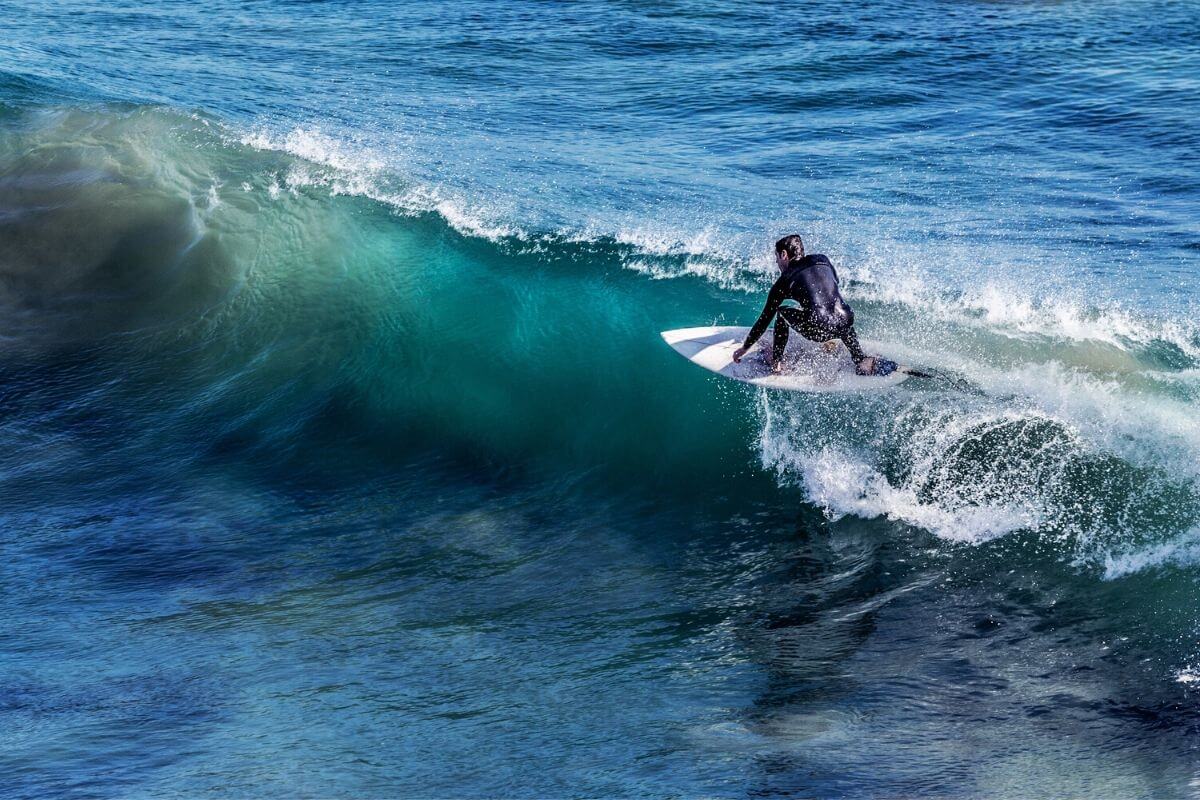
Can’t wait to surf this summer? With beaches reopening, closing again, and opening with restrictions, it is important to check guidelines at the beach you are planning to surf at. Surfing itself is not a high risk activity from a contraction standpoint, but your proximity to others is the main thing to consider. You aren’t the only one that is looking to the beach for some fun in the sun this summer, so maintaining social distance guidelines can be challenging. If you’re headed to the beach for some surfing fun, here are some things to consider.
Many beaches are opening once again, but many have restrictions. Some beaches in California have reopened, but with restrictions for mask usage outside of the water and limits on large groups. Hawaii beaches currently have guidelines for beach curfews and gatherings.
The risk of contracting the virus while surfing is naturally the highest when you are around others, so avoid crowds and practice social distancing both on the beach and the water. When on the shore, maintain a safe distance of 2 meters from other beach goers. While surfing, avoid hanging out on crowded spots.
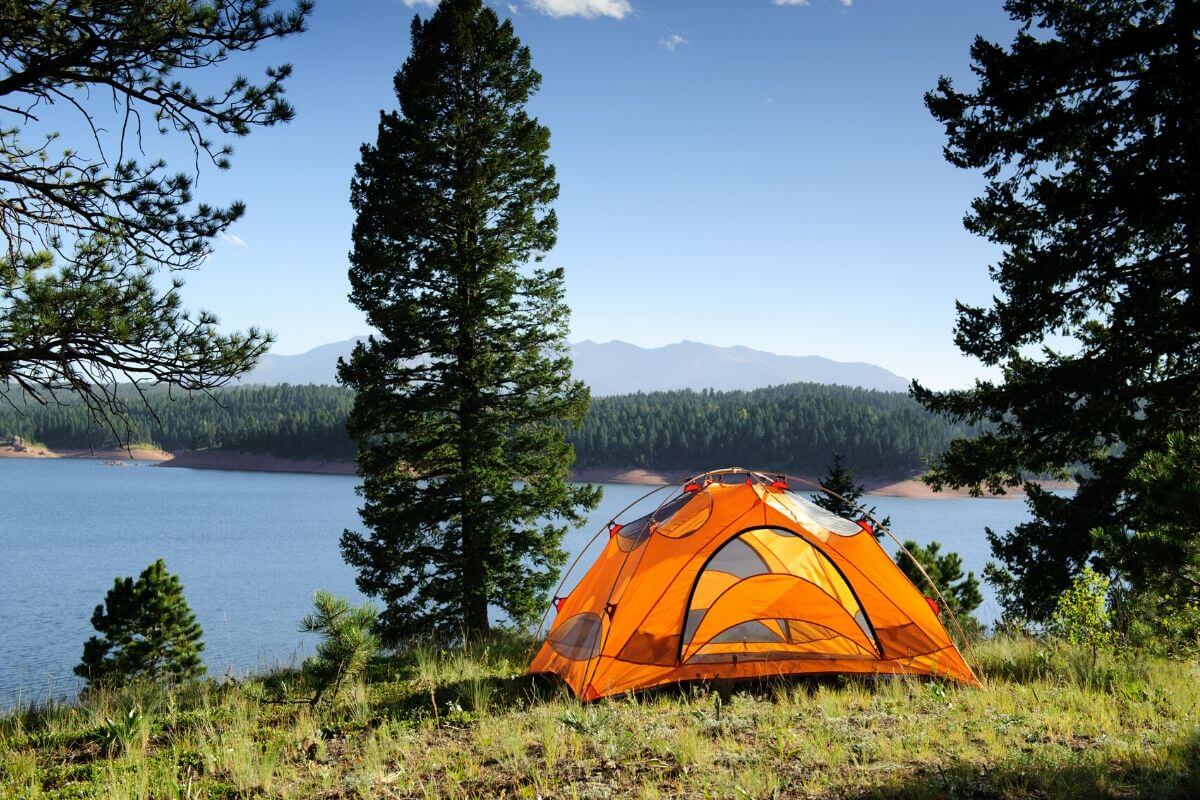
Escaping to the outdoors through a family-friendly camping trip is a great way to adventure this summer without compromising social distancing. From tent camping to a RV road trip, 2020 is the year of the camping trip. Knowing that this is an activity this is popular this year, here are some ways to make your camping trip even safer. In addition to all of your outdoor adventures, you can also rent an RV to get you there on TripOutside!
Campgrounds and camping sites across the US were also impacted by the coronavirus, but most have started to reopen. Some have limited areas and restrictions in place to curb the spread of the virus. Campendium is a great resource to check if the campsite of your choice is open. They are reporting that:
Compared to other outdoor activities, camping is considered safe as long as you keep a safe distance from other campers, and not camp out with those not of your household. Since outdoor transmission has a lower possibility, camping is an activity you can enjoy this summer.
While camping is a low risk activity, there are absolutely precautions to take to ensure it stays that way:
COVID-19 has changed so much in our world and has altered the way you enjoy adventure and outdoor activities. However, a pandemic doesn’t necessarily mean you completely ditch outdoor fun for indoor boredom. Explore safely by choosing and planning your activities well!